The decision to close Holden’s factories may have been made in a conference call on Tuesday afternoon, but it has been on the cards for at least three years.
When Mike Devereux was sent to Australia to run Holden in March 2010, he was not given a mission to shut it down -- but he was instructed to justify why General Motors should not close the Elizabeth car assembly line and the Port Melbourne engine plant.
At the time of his arrival, Holden had just posted its fifth straight year of losses, totaling almost $600 million. Mr Devereux had to get Holden to make a profit under the “new GM” that itself had just been bailed out by the US Government during the peak of the Global Financial Crisis (a $50 billion loan which, coincidentally, has been repaid in full as of this week).
But Mr Devereux quickly fell in love with the place: both Holden and Australia. He started out as a skeptic but became intoxicated by the passion for the Holden brand both inside and outside the company; in the end he would become Holden’s biggest advocate to the point that some fear it may have clouded his judgment.
Unfortunately for him and for Holden, Mr Devereux was the sole voice arguing the case for the survival of the Australian automotive industry; most car companies are typically conservative and leave their conversations with governments behind closed doors.
Mr Devereux made Holden’s predicament a public debate. If Holden was closing its manufacturing operations, he wanted the nation to know why. The government quickly interpreted this as Holden trying to pin the blame on the government, rather than because of Holden’s own actions.
In the end, it was a tragic set of circumstances that both Holden and successive governments helped create that led to this week’s inevitable decision. Thanks to decades of government policies from both sides of politics Australia is a rich nation with high wages, a strong dollar and among the lowest import tariffs in the automotive world.
Holden’s crime was to build a car factory in 1963 on what used to be the semi-rural outskirts of Adelaide that, 50 years later, would be suffocated by cheaper car factories in neighbouring Asian countries.
To meet the rapidly changing taste in car buying tastes, Holden got a small car into its factory -- building the Cruze alongside the Commodore -- in less than two years when that process can take up to five. But even that wasn’t enough to save Holden or boost its falling production numbers.
Read more after the jump...
Earlier this year Holden made critical improvements to its Cruze small car to better match the imported competition, and dropped the price to make it the cheapest locally-made Holden in 20 years.
But then, just as Holden was trying to keep its head above water, the Japanese government artificially devalued its currency and the prices of the Toyota Corolla, Mazda3 and Nissan Pulsar also dropped to their lowest levels in 20 years, undercutting the Holden Cruze. Holden was already making a loss selling the Cruze at its new discounted price, it couldn’t go any lower.
The strong Australian dollar meant exports fell to their lowest in decades -- and Holden couldn’t sell enough cars domestically because Australia is the most crowded new-car market in the world. In Australia, more than 65 brands compete for 1.1 million annual sales; in North America 38 brands compete for more than 14 million sales.
There was also no point in Holden building an SUV to boost production numbers: there are so many to choose from that not one of them today reaches more than 20,000 sales per year. Holden was boxed in and the outcome became inevitable.
By the beginning of 2013 it was apparent to Holden and General Motors the only thing that could save its manufacturing operations was a doubling of funding from the Federal Government. It was unlikely any government would agree to such an ask, but Holden didn’t want to go down without a fight.
Sensing a change in Federal Government, Mr Devereux then ramped up his public campaign. Privately, however, he had a strong feeling the game was up. Approaching his three-year anniversary in the job (the tenure for most General Motors international assignments) Mr Devereux began looking for a local successor.
A rising star in the General Motors world (Holden had a habit of creating a few, including former Holden boss, Detroiter Mark Reuss, who now heads General Motors’ North American operations), Mr Devereux knew he would be leaving Australia some time in the next 12 to 18 months, but he didn’t know when, or where he would be posted.
By April Mr Devereux had held confidential talks with two possible candidates for the job, one Australian executive and one Australian-based foreigner. The last Australian-born executive to run Holden (from 1987 to 1990) was the late John Bagshaw, the son of a Holden dealership sales manager.
The last eight Holden bosses have come from North America, Britain and Germany and, in most cases, were being groomed by General Motors for greater roles in other countries.
Critically, however, Mr Devereux told those candidates to expect that Holden would “not be manufacturing in the long term” and that it would eventually become a “sales and marketing operation”. Mr Devereux didn’t specify a date, but he indicated a shutdown would likely come “some time before 2020”.
The timeline means that, even if Holden had secured the production of the two future models to be built from 2016 to 2022, the company believed sales would have deteriorated so dramatically that those vehicles wouldn’t have reached the end of their model life.
News Corp Australia understands both candidates declined the job offer, and General Motors resumed a search for an international executive to take the Holden role. An appointment is due by February 2014, when Mr Devereux finally takes up his new international position with GM permanently, having delayed his Holden departure to handle current events.
In late May, there was a dramatic shift in the Australian automotive landscape. Australia’s oldest car manufacturer, Ford, announced it was shutting its factories by the end of 2016.
At the time Mr Devereux publicly stated that the industry could cope without Ford’s factories because its volumes were so low, suppliers had already adjusted. But as soon as General Motors in Detroit heard about the Ford Australia announcement, things changed.
Now that Ford had been the first to make the tough call, Holden would no longer be the “bad guy” if it followed. The problem was that, publicly, Holden was still fighting and Mr Devereux still believed in Holden, even if he knew it was never going to make business sense.
With a new sense of urgency, Mr Devereux tried to do a deal with the then Labor Government before the election. But the election was called early and time was running out. Even in the last days of the election campaign, the then Federal Industry Minister, Senator Kim Carr, “ran after Holden with a blank cheque”. But it was a hollow promise because, as history would show, the government never stood a chance of being re-elected.
Within a month of the Coalition winning government, Holden began letting staff go. It discreetly made about 50 redundancies in purchasing and other back-office roles at its Port Melbourne headquarters that were linked to manufacturing. These people packed their boxes quietly, and their redundancies were never announced publicly, unlike the 400 factory workers and 100 engineers let go at about the same time.
Holden dismissed the backroom departures as a “routine business decision” and should not be interpreted as a sign of things to come, even though some workers were themselves were told by their former bosses “this is because of the change of government, things are not looking good”.
The Federal election changed one other crucial element: Mr Devereux went silent. He appointed a new advisor who knows the inside of parliament well, and it was made clear the Coalition doesn’t like public lobbying. In fact, it tends to punish it. The advisor was right.
Rather than risk being blamed for the Holden factory shutdowns, the Coalition took extra-ordinary steps to make sure there was no blood on its hands.
It started when the new Federal Industry Minister Ian Macfarlane gave Holden an impossible target of exporting 30 per cent of its vehicles -- double its current rate -- or risk not getting a cent of taxpayer funds. Then the government set the dates for the Productivity Commission deadline later than Holden’s deadline to make the call on factory upgrades.
Then there was some scurrilous back-grounding by anonymous Federal Government sources, which history now shows was grossly inaccurate, starting with the ABC TV leak that the Holden closure would happen in 2016 (not 2017, as is the case).
Other critical misinformation: that Mr Devereux flew to Adelaide to address Holden workers two Thursdays ago to announce a shutdown but changed his mind at the last minute. It was a regular monthly catch-up with workers.
It was also suggested, incorrectly, that GM had just shut three other factories and wanted to distance the Holden closure. False: it announced two factory closures in Europe six months ago, and the third was the withdrawal of the Chevrolet brand (which sells Korean-made cars) from parts of Europe in two years.
Shifting the timing of a Holden announcement from this year to next because of financial statements? The shutdown -- and therefore the financial impact -- is four years away.
Then the Prime Minister Tony Abbott weighed in last week when he said: “There’s not going to be any extra money over and above the generous support the taxpayers have been giving the motor industry for a long time. We think there's more than enough money on the table. It’s available to the motor industry. But there is no more.” Holden and General Motors didn’t need to read between the lines.
Mr Devereux then made what many believe to be a critical misstep by appearing at the Productivity Commission hearing on Tuesday morning. But, in reality, he had no choice. Had he not shown up it would have been viewed as a sign of an imminent departure. Instead, he used the exercise to repeat his key arguments to the commission and to the media.
When question by the media scrum as he was leaving, Mr Devereux said “no decision has been made by General Motors” on a Holden factory shutdown. What he neglected to mention was that he was on his way back to his office to make a conference call that, as we now know, sealed the factory’s fate.
The timing made Mr Devereux appear dishonest, but he was telling the truth. Although the decision had been made in the minds of General Motors executives for almost a year, it wasn’t official until that phone call between 2pm and 3pm Tuesday.
With 160 factories around the world, you can appreciate that General Motors isn’t beating to the drum of the Australian government, it has its own schedules to meet. The timing was yet another unfortunate circumstance in the story of the Holden tragedy.
But the government kept up the pressure, culminating in an unprecedented outburst in Question Time, as the acting Prime Minister Warren Truss and Federal Treasurer Joe Hockey goaded the car maker to make its intentions clear.
Incredibly, Mr Devereux didn’t get to see the outburst live. It was happening while he was on the phone to the “GM leadership team”, the exact names of whom have been kept secret for now, but includes GM global CEO Dan Akerson and the Asia-Pacific boss Stefan Jacoby.
With a statement from Mr Akerson in hand, Mr Devereux boarded a 7am flight from Melbourne to Adelaide the next day -- taking an economy seat -- before addressing the Holden workers on the back of a flat-top trailer parked on the lawn between the old office building and the factory that has made some of Australia’s favourite cars for 50 years.
In front of about 800 employees, approximately half the 1600 workforce at Elizabeth, Mr Devereux opened his address with: “I wish I had better news, but I wanted you to be the first to know.”
The workers watched in silence during Mr Devereux’s speech that lasted about seven minutes, according to those who were there. Some in the audience -- including some of the most hardened workers -- shed a tear. Mr Devereux choked up as he finished his address, admitting later that he couldn’t imagine what his workers were going through given that “this is also an emotional thing for me personally”.
“I also know there is nothing I can say to anybody to take the sting out of this announcement,” he told the media afterwards. “As painful as it is to say, building cars in this country is just not sustainable.”
Mr Devereux’s speech to workers was followed by an address from the boss of the Holden factory, Richard Phillips, who spoke about the proud history of the assembly line that was visited by Queen Elizabeth II in its opening year.
It is unclear whether Holden apologised for making the announcement so close before Christmas. But News Corp Australia has been told by workers that they are relieved to at least have certainty over their future, even though the news wasn’t what they were hoping for. They will now get to keep their three pay rises over the next three years (which amount to 9 per cent) because the two new Holden cars now won’t go ahead.
They would have preferred, however, to keep their jobs.




.jpg)




























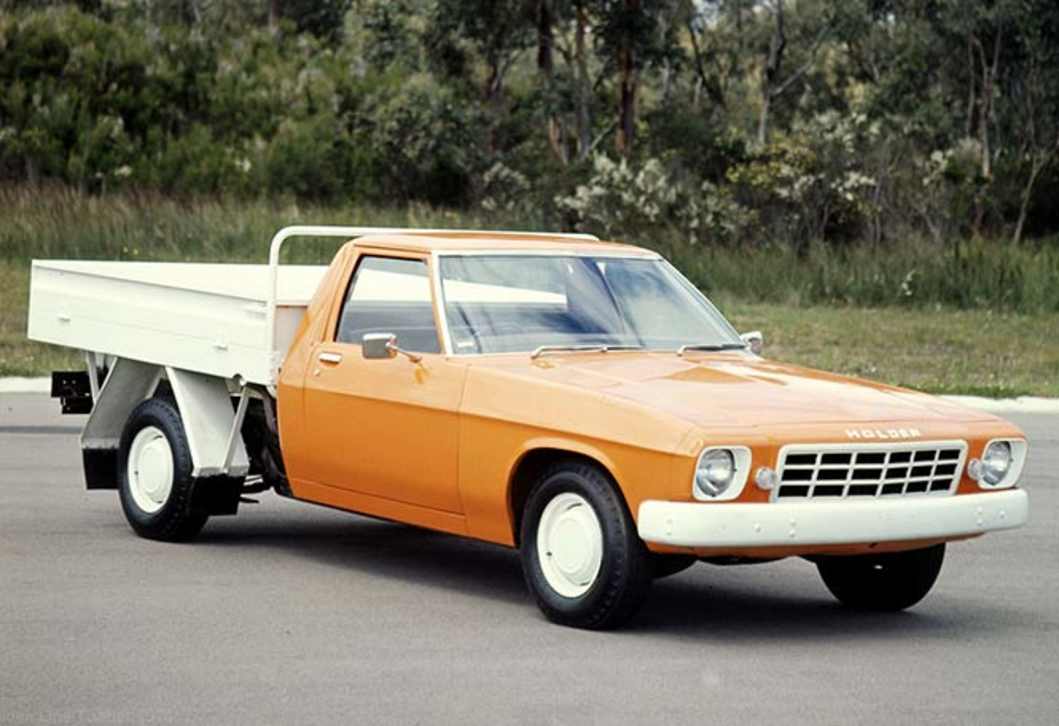
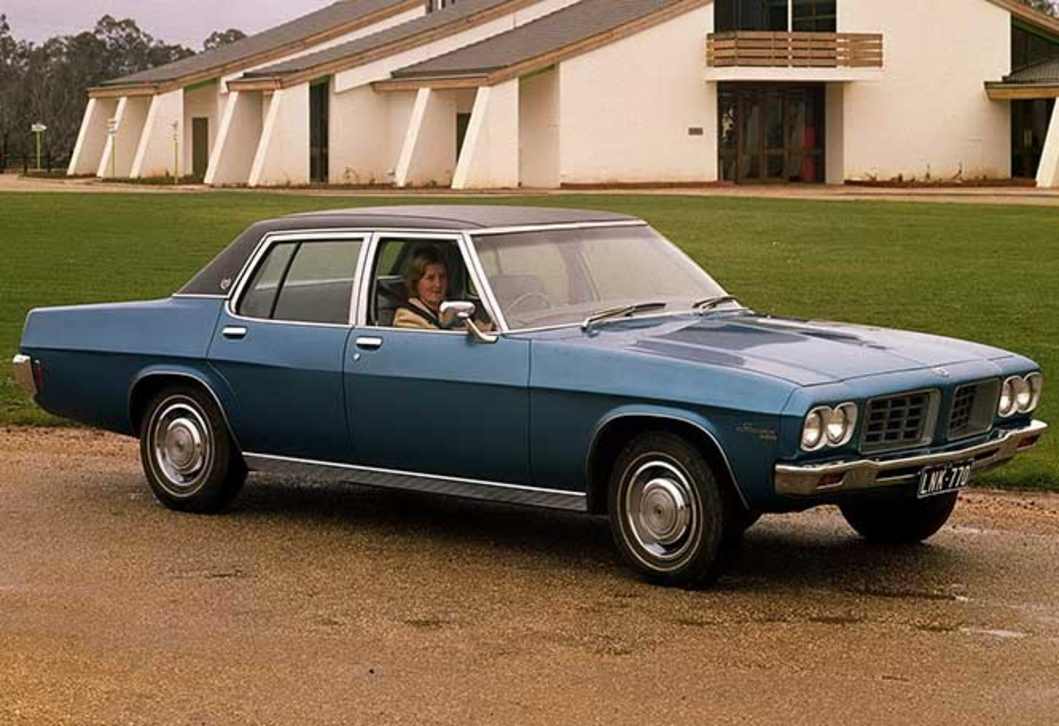











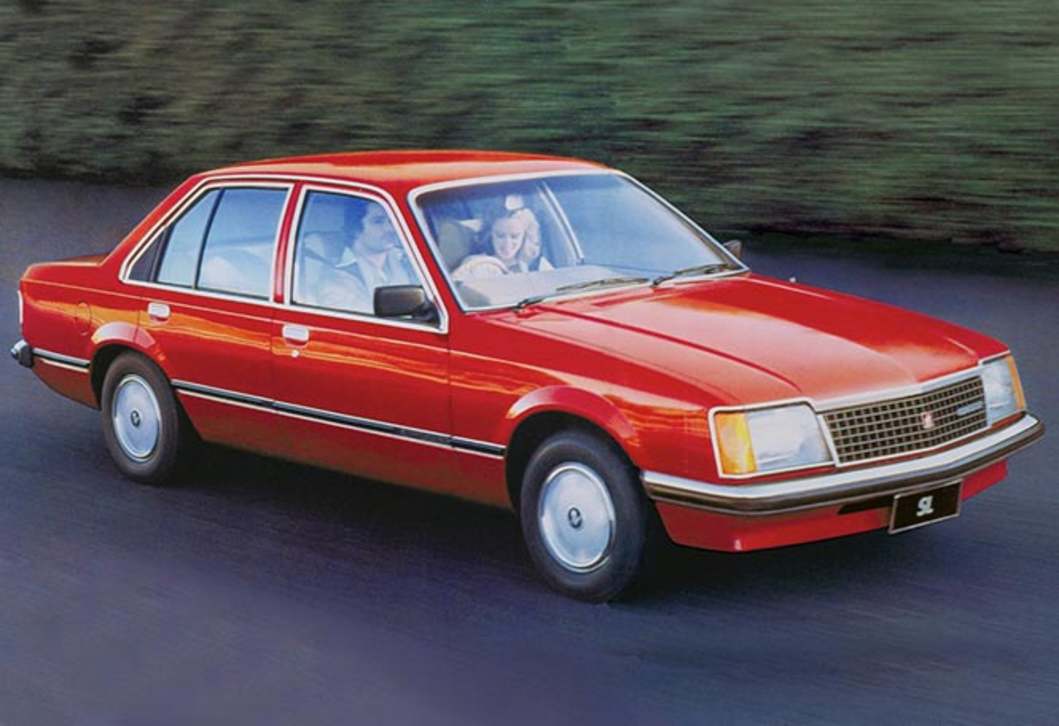



















































































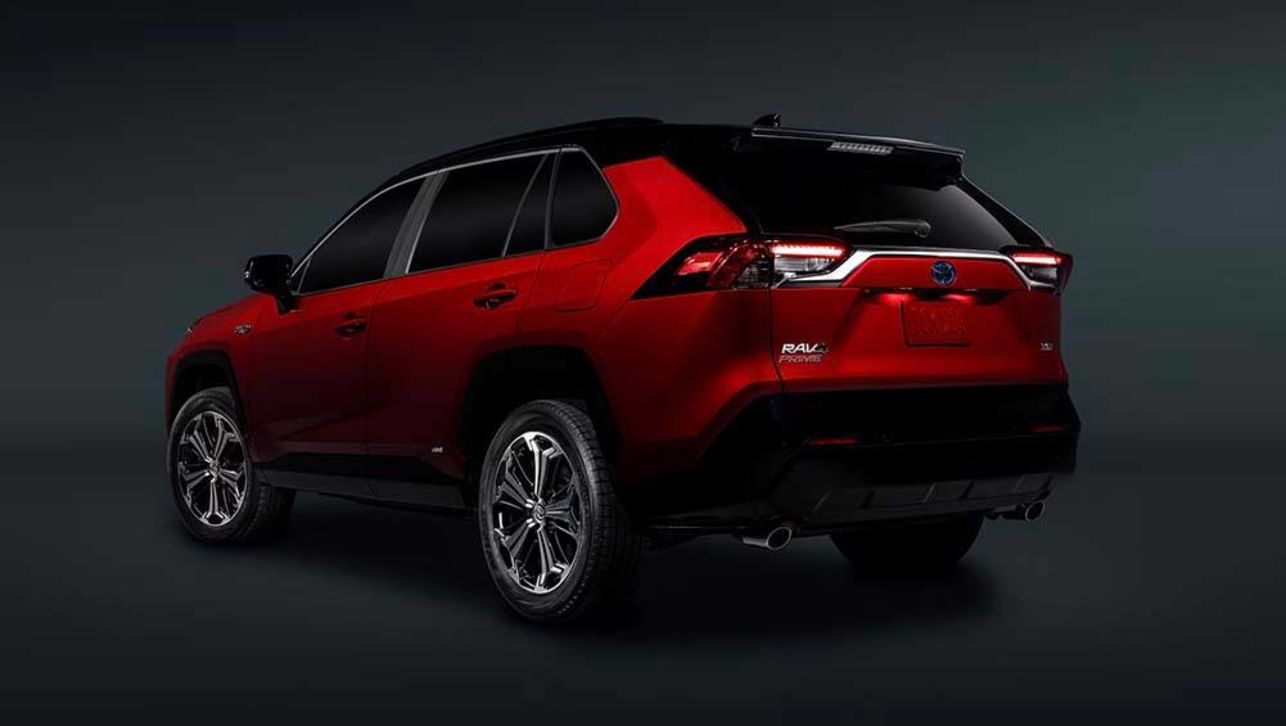
.jpg)
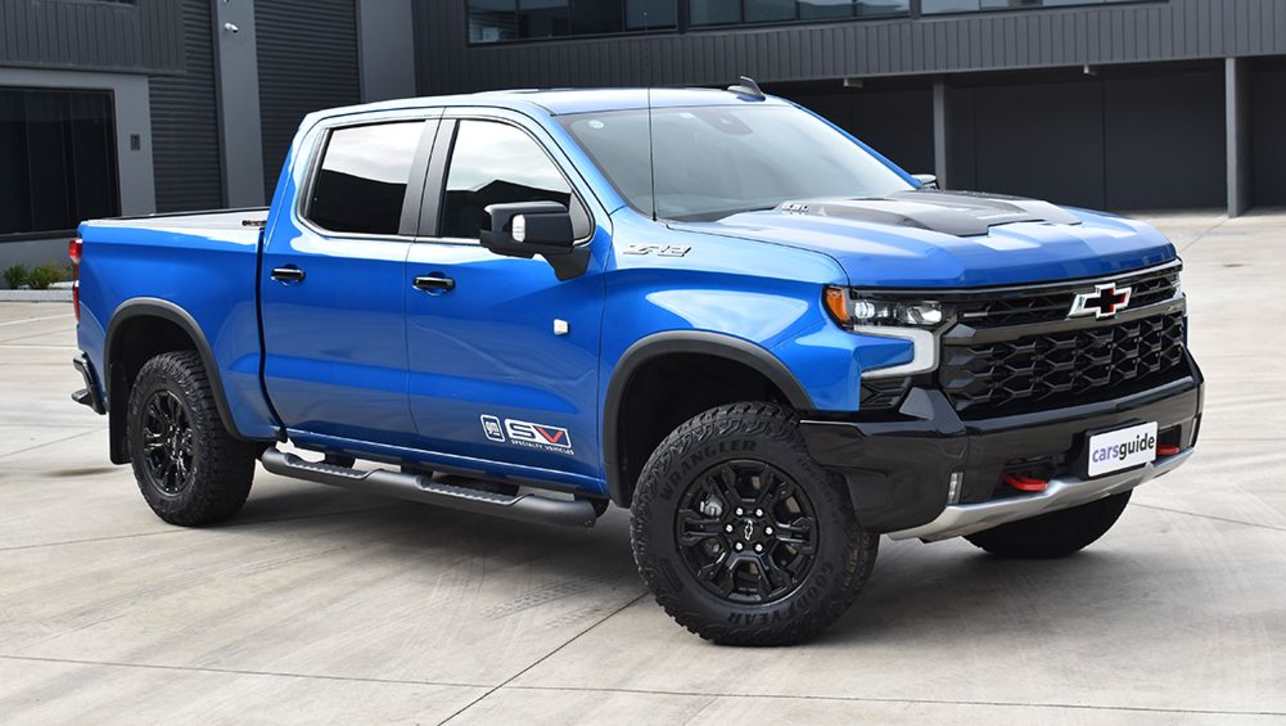

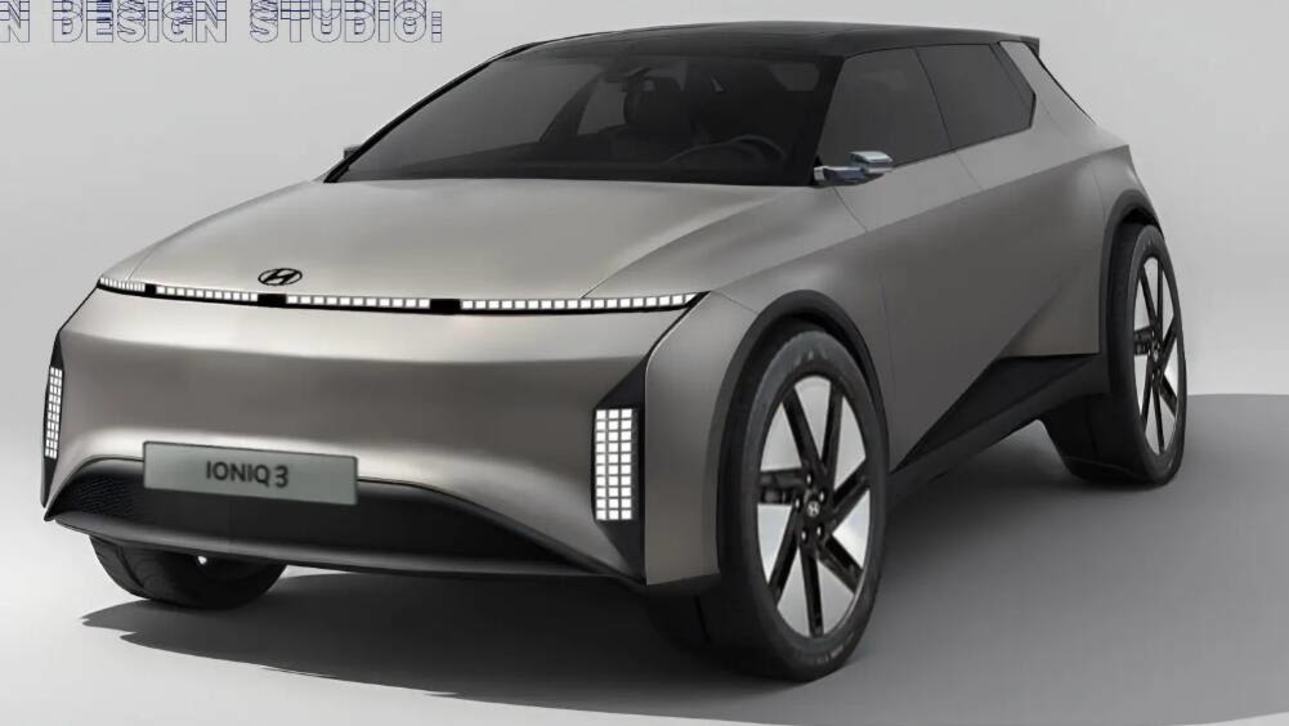

.jpg)

.jpg)

.jpg)
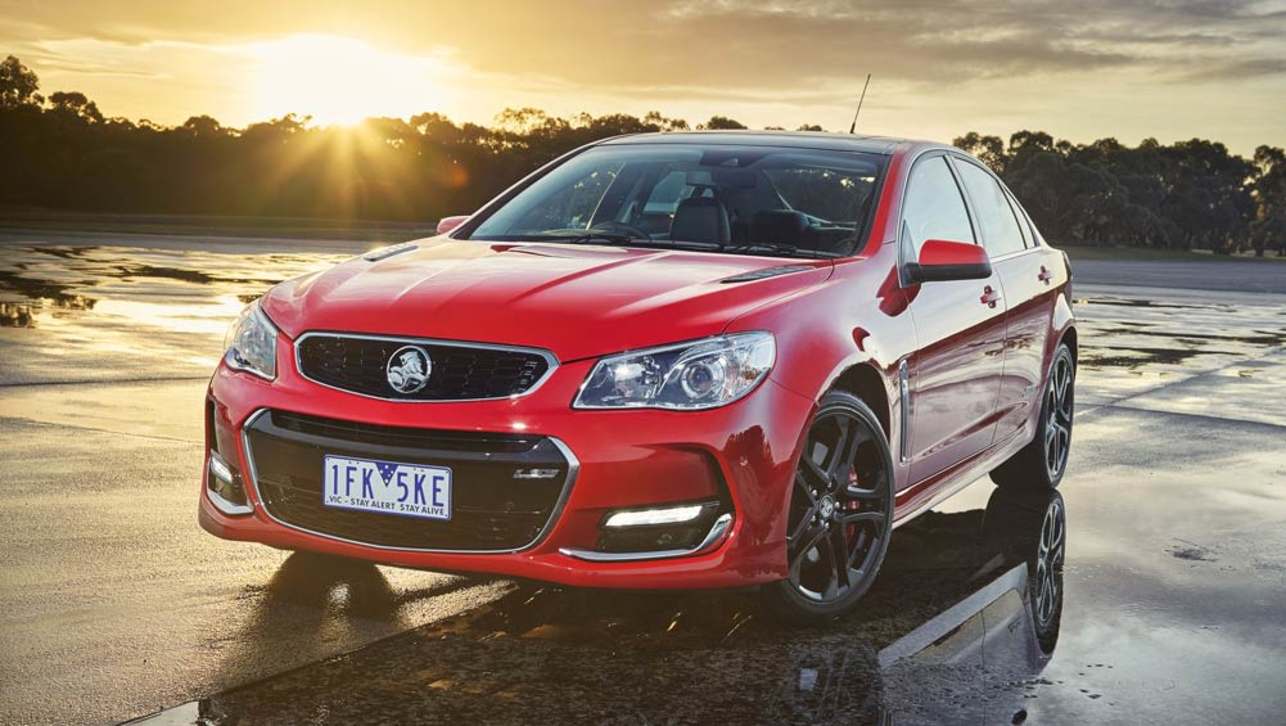
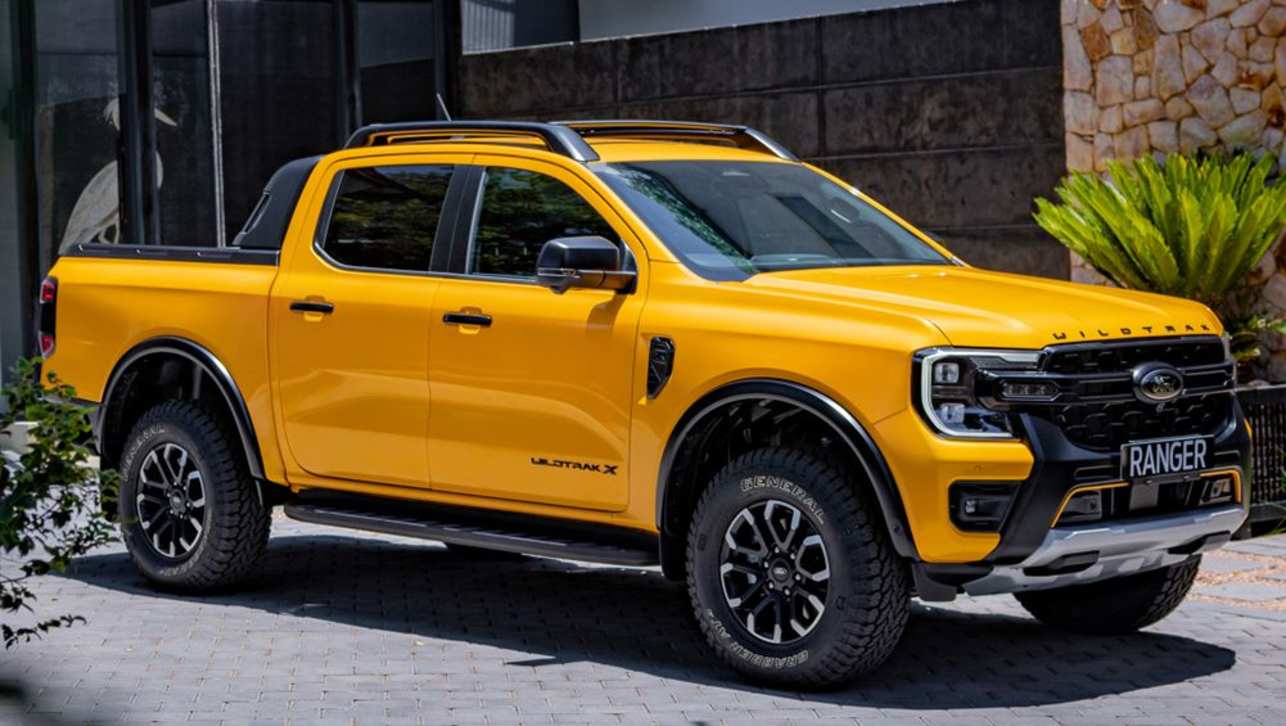

.jpg)
.jpg)

Comments